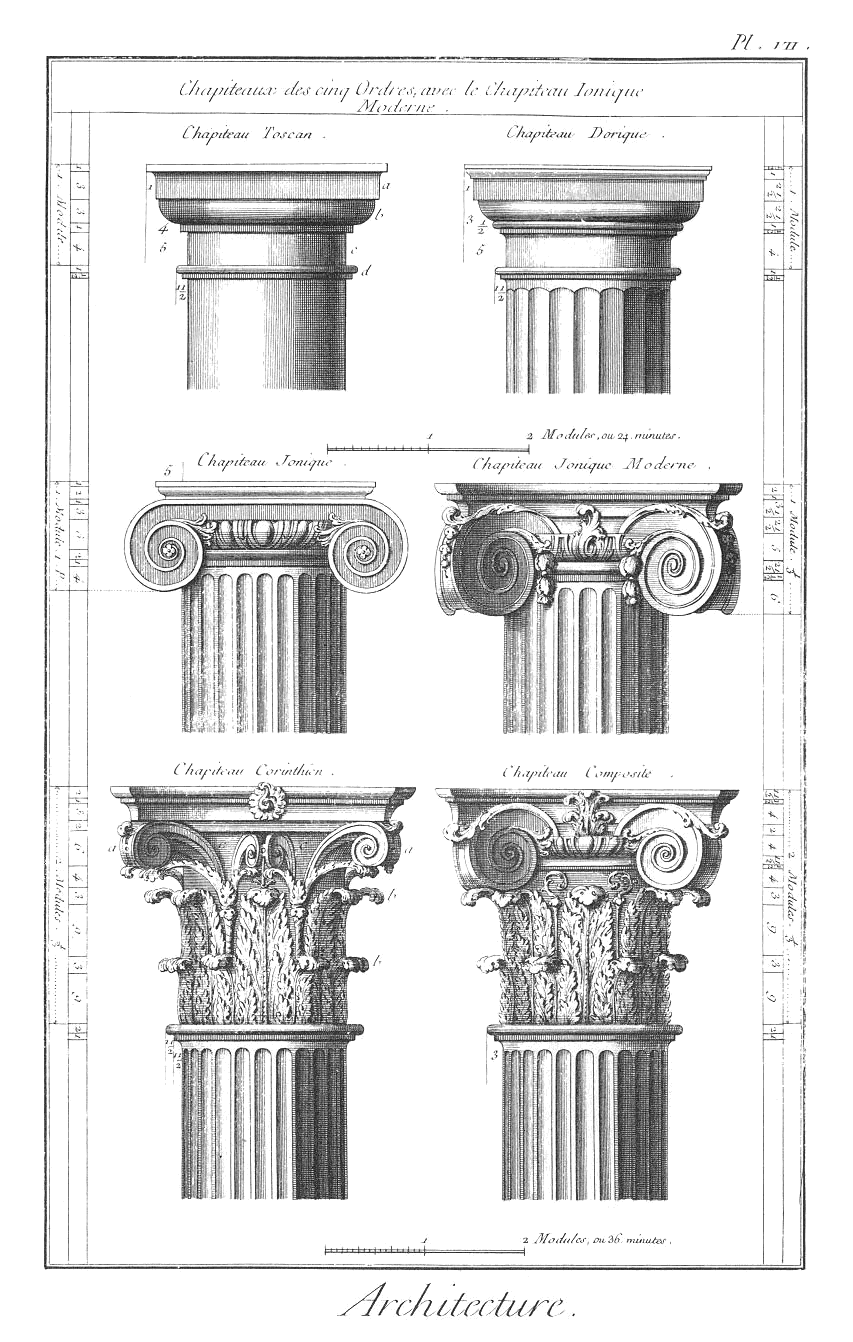Greek feet on:
[Wikipedia]
[Google]
[Amazon]
The pous ( podes; grc-gre, ποῦς, ''poûs'') or Greek foot ( feet) was a Greek unit of 
length
Length is a measure of distance. In the International System of Quantities, length is a quantity with dimension distance. In most systems of measurement a base unit for length is chosen, from which all other units are derived. In the Interna ...
. It had various subdivisions whose lengths varied by place and over time. 100 podes made up one plethron
Plethron ( grc-gre, , plural ''plethra'') is an ancient unit of Greek measurement equal to 97 to 100 Greek feet (ποῦς, ''pous''; c. 30 meters), although the measures for plethra may have varied from polis to polis. This was roughly the widt ...
, 600 podes made up a stade
Stade (), officially the Hanseatic City of Stade (german: Hansestadt Stade, nds, Hansestadt Stood) is a city in Lower Saxony in northern Germany. First mentioned in records in 934, it is the seat of the district () which bears its name. It is l ...
(the Greek furlong
A furlong is a measure of distance in imperial units and United States customary units equal to one eighth of a mile, equivalent to 660 feet, 220 yards, 40 rods, 10 chains or approximately 201 metres. It is now mostly confined to use in hors ...
) and 5000 made up a milion
The Milion ( grc-gre, Μίλιον or , ''Míllion''; tr, Milyon taşı) was a monument erected in the early 4th century AD in Constantinople (modern-day Istanbul, Turkey). It was the Byzantine zero-mile marker, the starting-place for the measu ...
(the Greek mile
The mile, sometimes the international mile or statute mile to distinguish it from other miles, is a British imperial unit and United States customary unit of distance; both are based on the older English unit of length equal to 5,280 English ...
). The Greek pous also has long, median and short forms.
The pous spread throughout much of Europe
Europe is a large peninsula conventionally considered a continent in its own right because of its great physical size and the weight of its history and traditions. Europe is also considered a Continent#Subcontinents, subcontinent of Eurasia ...
and the Middle East
The Middle East ( ar, الشرق الأوسط, ISO 233: ) is a geopolitical region commonly encompassing Arabian Peninsula, Arabia (including the Arabian Peninsula and Bahrain), Anatolia, Asia Minor (Asian part of Turkey except Hatay Pro ...
during the Hellenic period
In Classical antiquity, the Hellenistic period covers the time in Mediterranean history after Classical Greece, between the death of Alexander the Great in 323 BC and the emergence of the Roman Empire, as signified by the Battle of Actium in 31 ...
preceding and following the conquests of Alexander the Great
Alexander III of Macedon ( grc, wikt:Ἀλέξανδρος, Ἀλέξανδρος, Alexandros; 20/21 July 356 BC – 10/11 June 323 BC), commonly known as Alexander the Great, was a king of the Ancient Greece, ancient Greek kingdom of Maced ...
and remained in use as a Byzantine unit until the Fall of Constantinople
The Fall of Constantinople, also known as the Conquest of Constantinople, was the capture of the capital of the Byzantine Empire by the Ottoman Empire. The city fell on 29 May 1453 as part of the culmination of a 53-day siege which had begun o ...
in 1453.

Comparative analysis
A pous is divided into digits orfinger
A finger is a limb of the body and a type of digit, an organ of manipulation and sensation found in the hands of most of the Tetrapods, so also with humans and other primates. Most land vertebrates have five fingers ( Pentadactyly). Chambers ...
s (''daktyloi'') which are multiplied as shown. Generally the sexagesimal or decimal multiples have Mesopotamian
Mesopotamia ''Mesopotamíā''; ar, بِلَاد ٱلرَّافِدَيْن or ; syc, ܐܪܡ ܢܗܪ̈ܝܢ, or , ) is a historical region of Western Asia situated within the Tigris–Euphrates river system, in the northern part of the F ...
origins while the septenary multiples have Egyptian origins.
Greek measures of short median and long podes can be thought of as based on body measures. The lengths may be compared to the Imperial/U.S. foot
The foot ( : feet) is an anatomical structure found in many vertebrates. It is the terminal portion of a limb which bears weight and allows locomotion. In many animals with feet, the foot is a separate organ at the terminal part of the leg made ...
of 304.8 mm. Stecchini and others propose the Greek podes are different sizes because they are divided into different numbers of different sized ''daktylos'' to facilitate different calculations. The most obvious place to observe the relative difference is in the Greek orders of architecture whose canon of proportions is based on column diameters.
References
Mathematical and metrological references
* * * * * * *Linguistic references
* *Classical references
* * *Archaeological historical references
* * * *Medieval references
* * * * {{Hellenic measurement Human-based units of measurement Units of length Ancient Greek units of measurement ca:Llista d'unitats de longitud de l'antiga Grècia#Pous